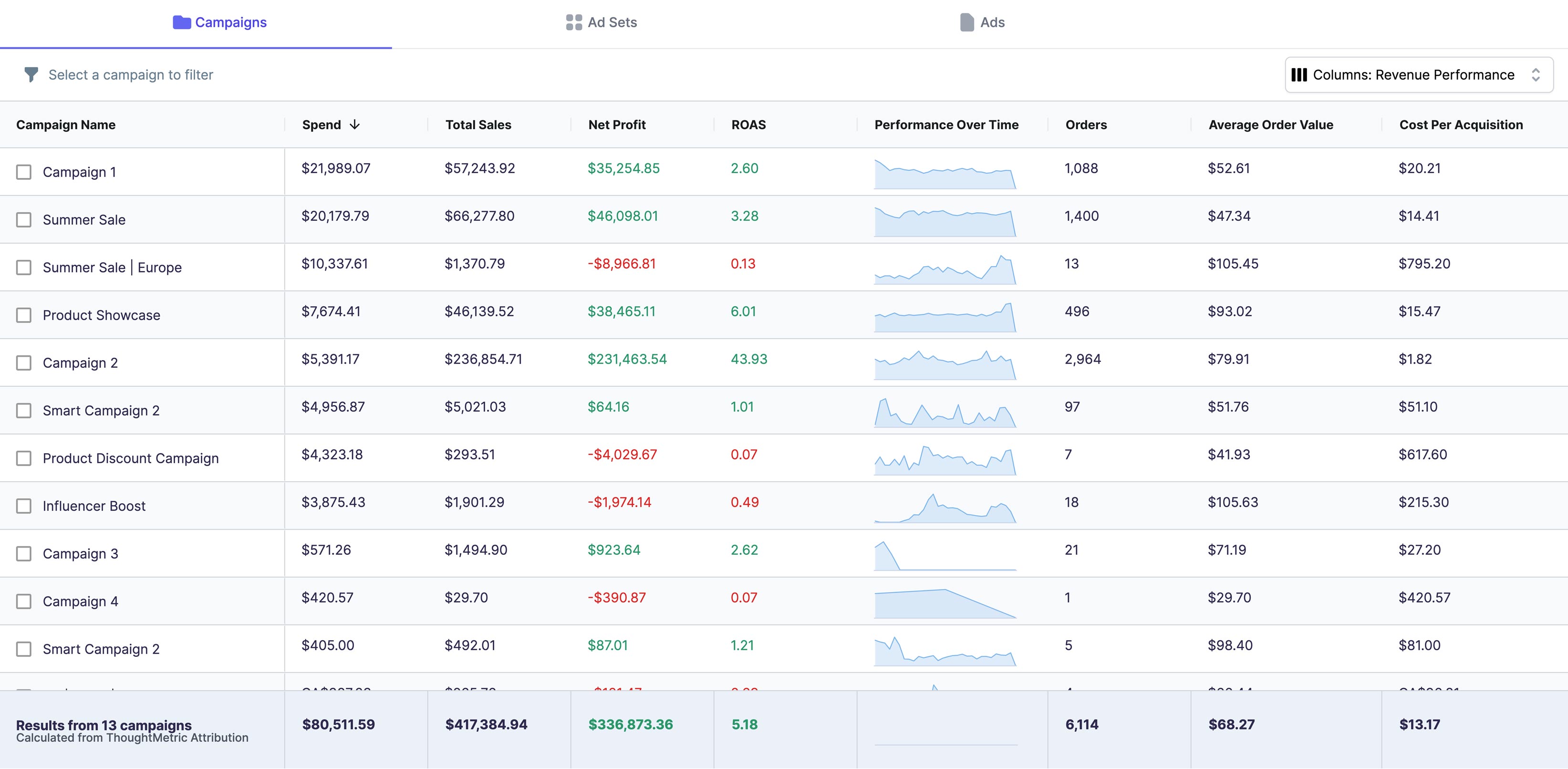Google Analytics is an essential tool that helps businesses track and measure various website metrics, including reach. Understanding reach in Google Analytics is crucial because it enables businesses to identify the number of unique individuals visiting their website during a defined time period. If you're new to Google Analytics or looking to improve your understanding of reach, this article will outline the key concepts and metrics you need to know to start measuring your website's reach.
Understanding Reach in Google Analytics
Before diving into the specifics of measuring reach in Google Analytics, it's essential to define what reach means in the context of digital marketing. In short, reach refers to the number of unique individuals who have visited your website within a defined timeframe. The timeframe could be daily, weekly, monthly, or any other desired period.
Measuring reach is an essential aspect of digital marketing because it allows businesses to track the number of people who are being exposed to their brand or website. By measuring reach, businesses can identify how many individuals they are potentially engaging with and expanding their audience.
For example, let's say you run a blog about healthy living. You want to know how many people are reading your blog, so you check your reach. You find that in the past month, your blog has had 10,000 unique visitors. This means that your blog has potentially reached 10,000 people who are interested in healthy living.
Definition of Reach
In Google Analytics, reach is defined as the number of unique users who have visited a website, app, or device within a specified time frame. Google Analytics identifies unique users based on a unique ID assigned to their device or browser.
It's important to note that reach does not account for repeat visits from the same user within the defined timeframe. Therefore, it represents the maximum possible audience a website has reached during that period.
For instance, if a user visits your website three times in a week, they will only be counted once in your reach measurement for that week.
Importance of Reach in Digital Marketing
Measuring reach in digital marketing is critical because it enables businesses to assess how many users they are potentially engaging with and how much brand exposure they are achieving. Additionally, measuring reach provides insight into how effective a website's traffic acquisition efforts are in driving new users to the site.
By monitoring reach, businesses can identify which channels or campaigns are performing well and which ones need to be improved. This allows them to make data-driven decisions and allocate resources effectively for maximum impact.
For example, if you are running a social media campaign to promote your blog about healthy living, you can measure the reach of your campaign to see how many people are being exposed to your content. If you find that your reach is low, you can adjust your campaign strategy to reach a larger audience.
In conclusion, measuring reach is an essential aspect of digital marketing that allows businesses to track the number of people who are being exposed to their brand or website. By monitoring reach, businesses can make data-driven decisions and allocate resources effectively for maximum impact.
Setting Up Google Analytics for Reach Calculation
Google Analytics is a powerful tool that can help you measure the reach of your website. By setting up an account and installing the tracking code on your site, you can track important metrics like page views, bounce rate, and time on site. In this guide, we'll walk you through the process of setting up Google Analytics and configuring it to measure reach.
Creating a Google Analytics Account
The first step in using Google Analytics to measure reach is to create a Google Analytics account. This involves setting up an account and property for your website and installing the tracking code on your website's pages.
To create an account, go to the Google Analytics homepage and follow the prompts to create your account. Once you've done this, you'll need to create a new property that corresponds to your website. This will involve entering your website's URL and some basic information about your site.
Afterward, Google Analytics will provide you with a tracking code that you'll need to copy and paste into your website's HTML code. This code will allow Google Analytics to track user activity on your site and provide you with valuable insights into your site's performance.
Installing Google Analytics Tracking Code
After you've copied the tracking code provided by Google Analytics, you'll need to paste it into your website's HTML code. The tracking code should be placed immediately before the closing < /head > tag on each page you want to track.
It's important to make sure that the tracking code is installed correctly on your site. You can use Google Analytics' real-time reporting feature to check if the tracking code is working properly. This will allow you to see user activity on your site in real-time.
Configuring Views and Filters
Once the tracking code is in place, you can set up views and filters to customize the data you get from Google Analytics. Views allow you to customize how you see data, while filters allow you to include or exclude specific data from your reports.
For example, you could set up a filter to exclude traffic from your internal IP address to get a more accurate picture of your website's traffic and reach. You could also set up different views for different sections of your site, such as a view for your blog and a view for your e-commerce store.
By customizing your views and filters, you can get a more detailed and accurate picture of your site's reach and performance. This can help you make informed decisions about how to improve your site and attract more visitors.
Different Metrics to Measure Reach
Users and New Users
The number of users in Google Analytics represents the number of unique individuals who have visited your website. The new users metric indicates how many of those users visited your website for the first time within the defined timeframe. These metrics provide insight into how many individuals a website is reaching and how many new individuals are being exposed to the site.
Sessions and Pageviews
A session represents a specific period of time when a user actively engages with your website. Sessions end when a user leaves your website, the session times out, or at the defined end of a session, usually 30 minutes of inactivity.
The pageviews metric represents the number of pages viewed on your website by all users, including new and returning users. These metrics provide insight into how engaged users are with your website and how much exposure your brand or content is receiving.
Bounce Rate and Exit Rate
The bounce rate metric represents the percentage of sessions where users leave your website after only viewing one page. The exit rate metric represents the percentage of sessions that ended with a particular page. These metrics can provide insight into how engaging your website or content is and where users might be experiencing difficulty or losing interest.
Average Session Duration
The average session duration metric represents the average amount of time users spend on your website during a session. This metric can provide insights into how engaging your website or content is and how much time users are spending on the site.
Analyzing Reach with Google Analytics Reports
Audience Overview Report
The audience overview report provides an overview of website traffic and audience metrics, including reach. Within this report, you can view the number of users, sessions, and new users for a particular time period. You can also view the number of pages per session, the bounce rate, and the average session duration.
Acquisition Report
The acquisition report provides an overview of how users are getting to your website, including the channels and campaigns driving traffic. Within this report, you can analyze which channels or campaigns are driving the most new users and sessions, providing insights into where your website's reach is expanding or contracting.
Behavior Report
The behavior report provides data on how users are interacting with your website, including the pages they are visiting and how long they are spending on each page. This can provide insights into which pages or content are driving the most traffic and engagement.
Custom Reports for Reach Analysis
Finally, custom reports can be created to combine metrics and dimensions that are most important to reach analysis for your business needs. These reports allow you to view data in unique ways and extract valuable insights beyond what is available in standard Google Analytics reports.
Conclusion
Measuring reach in Google Analytics is essential for businesses looking to assess their website's performance and audience. By understanding reach and the metrics used to measure it, businesses can optimize their website traffic acquisition efforts and allocate resources effectively. From creating a Google Analytics account and setting up tracking code to analyzing reach with Google Analytics reports, this article has outlined the key concepts and steps involved in calculating reach in Google Analytics.





